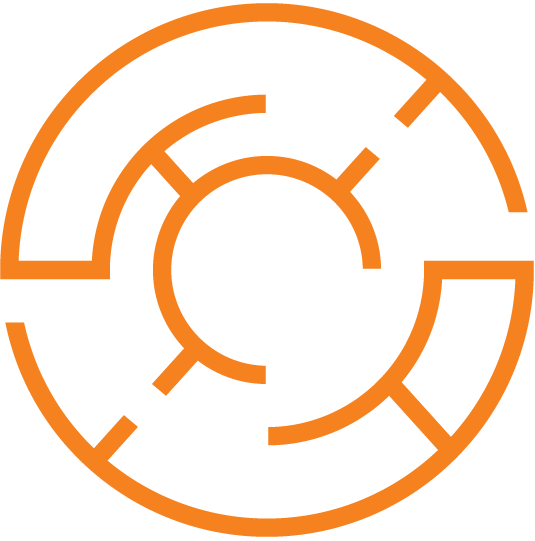The European semiconductor industry is undergoing a transformation and Europe wants to have a say. Or a chip to act. In order to bolster Europe’s competitiveness and resilience in the field, meeting both the digital and green transition, the Parliament and the Council approved, in September 2023, the European Chips Act, that ultimately is meant to reduce dependence on external suppliers. A prime example of this innovation in action is the UNLOOC project, where the research institute INESC-ID, the start-up Silicongate, and other partners are revolutionizing drug development through organ-on-a-chip (OOC) technology.
Traditional drug testing methods, reliant on animal models, face increasing scrutiny due to ethical concerns and poor predictive accuracy regarding human responses. The EU-funded UNLOOC initiative—Unlocking Data Content of Organ-on-a-Chip—aims to change this by integrating engineered cell systems (ECS), artificial intelligence, and high-throughput testing. These microengineered environments mimic human organs, paving the way for more accurate drug testing, reduced adverse drug reactions (ADRs), and accelerated pharmaceutical development.
At the core of this breakthrough is a novel semiconductor-based sensor developed by INESC-ID. “We are developing a measurement chip that enhances physiological signal detection in organ-on-a-chip platforms, making biological assessments faster, more automated, and temporally precise,” says INESC-ID researcher Fábio Passos. The sensor allows for instantaneous readings at an unprecedented scale—thousands of measurements per millisecond—providing AI-driven medical research with high-quality data.
Semiconductor Innovation for Next-Generation Biomedical Research
A key enabling technology for the project is an Application-Specific Integrated Circuit (ASIC), developed by Silicongate. This microchip interfaces with sensors to monitor key environmental parameters, such as temperature, pH, and oxygen levels, across up to 1,024 parallel channels. “Microelectronics is fundamental for these systems, allowing us to process large sensor arrays in a compact format,” explains Jorge Fernandes, project coordinator at INESC-ID.
By designing a 14-bit sigma-delta Analog-to-Digital Converter (ADC) with superior energy efficiency, the UNLOOC team ensures precise and continuous monitoring of OOC environments. “This new ADC represents a leap forward in resolution and efficiency, overcoming previous limitations in biomedical signal interpretation,” says Marcelino Santos, CTO of Silicongate.
Strengthening Europe’s Semiconductor Industry
The European Chips Act is a game-changer for projects like UNLOOC, providing the necessary investment and regulatory support to advance semiconductor applications in biotechnology. “Our chip aligns with the EU’s strategic goals, reinforcing Europe’s technological sovereignty while enabling groundbreaking developments in digital healthcare,” emphasizes Fábio Passos.
By integrating semiconductor innovation with AI-driven research, UNLOOC supports Europe’s push towards sustainable, ethical, and efficient drug development. The economic impact is significant, with the potential to reduce drug development costs by up to €700 million per new drug while strengthening Europe’s semiconductor supply chain.
The Future of Organ-on-Chip and Semiconductor Applications
As the organ-on-a-chip market continues to grow, its applications extend beyond pharmaceuticals to cosmetics testing, disease research, and personalized medicine. By fostering collaboration between microelectronics, biotechnology, and AI, the UNLOOC project exemplifies how the European Chips Act can drive scientific, economic, and ethical advancements.
With semiconductor-driven healthcare solutions at the forefront, Europe is poised to lead the next generation of medical innovation—and INESC-ID is helping shape that future.





 A unique international forum for public research organisations and companies to connect their external engagement with strategic interests around their R&D system.
A unique international forum for public research organisations and companies to connect their external engagement with strategic interests around their R&D system.